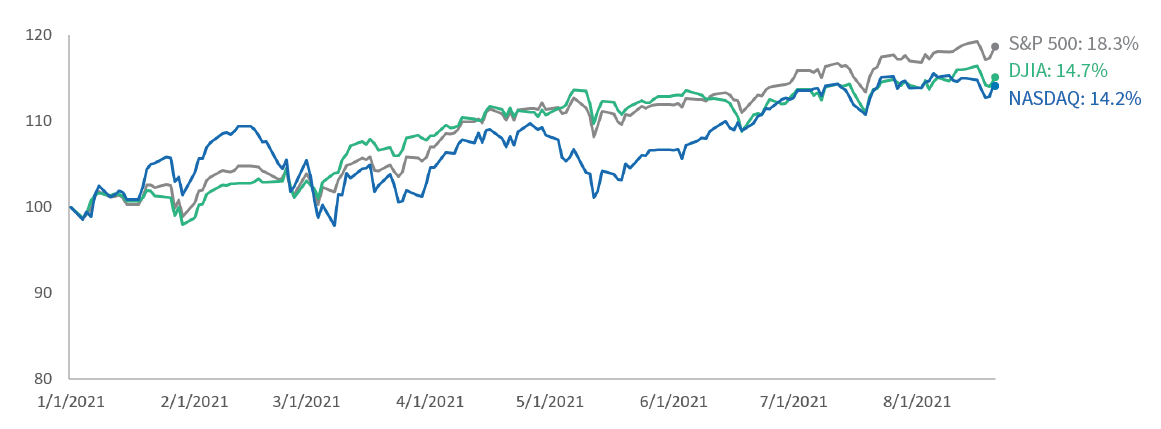Mark Adams co-leads Russell Reynolds Associates’ Private Equity practice; Joy Tan is a member of Russell Reynolds Associates’ Center for Leadership Insight; and Emily Taylor co-leads Russell Reynolds Associates’ Private Equity practice. This post is based on a Russell Reynolds memorandum by Mr. Adams, Ms. Tan, Ms. Taylor, and Alix Stuart. Related research from the Program on Corporate Governance includes The Illusory Promise of Stakeholder Governance (discussed on the Forum here) and Will Corporations Deliver Value to All Stakeholders?, both by Lucian A. Bebchuk and Roberto Tallarita; For Whom Corporate Leaders Bargain by Lucian A. Bebchuk, Kobi Kastiel, and Roberto Tallarita (discussed on the Forum here); and Restoration: The Role Stakeholder Governance Must Play in Recreating a Fair and Sustainable American Economy—A Reply to Professor Rock by Leo E. Strine, Jr. (discussed on the Forum here).
Sustainability commitments at the private equity firm level are not translating into portfolio company businesses
Private equity firms are making highly visible commitments to address the challenge of sustainability. Market-leading firms, such as The Carlyle Group, EQT, and TPG Capital, now produce sustainability reports and have dedicated executives overseeing sustainability initiatives and embedding sustainability throughout the deal cycle. Other firms are even making debt funding contingent on hitting certain ESG targets. [1] This comes in response to pressure from society at large, but also from fund investors—88% of limited partners use ESG performance indicators when making investment decisions, according to recent research by Bain & Company. [2]
Despite these public commitments, PE-backed portfolio companies do not appear to be making consistent progress toward sustainability goals. According to the Russell Reynolds Associates 2021 Global Leadership Monitor (GLM), which surveyed nearly 200 portfolio company CEOs, C-suite leaders and next-generation executives, only 44% believe that their executive leadership teams are effectively embracing opportunities for ESG, compared to 67% of public company executives. This suggests that good intentions are not yet translating into action for portfolio companies.
